US President Donald Trump’s Asia trip has been a success thus far.
Trump attended the 47th Association of Southeast Asian Nations (ASEAN) Summit on Sunday before heading to Japan today (October 27) where he met Emperor Naruhito. He is scheduled to meet Japan’s new Prime Minister Sanae Takaichi tomorrow (October 28).
Trump, who will head to South Korea and China next, has already unveiled a number of trade deals and frameworks with the governments of Malaysia, Cambodia, Thailand and Vietnam. This comes as the US and China continue to negotiate over a trade deal.
But what do we know?
Let’s take a closer look.
‘Strengthen cooperation on rare minerals’
Trump signed two memoranda of understanding with Malaysia and Thailand that aim to "strengthen cooperation" on critical minerals.
The deal, details of which remain scarce, comes in the backdrop of the United States and China going back and forth over rare earth materials, on which Beijing has imposed export controls. These rare earth minerals, a group of 15 elements in the periodic table, are key to several products including smartphones, electric windows, power steering and catalytic converters in cars to aircraft engines and military radars.
Trump had earlier imposed a 100 per cent tariff on China, saying Beijing cannot be allowed to hold the world hostage.
“Our relationship with China over the past six months has been a very good one, thereby making this move on trade an even more surprising one,” Trump said. The Pentagon had also increased its stockpiling of critical rare earth minerals. India too had announced it would create a reserve of these materials under the National Critical Mineral Stockpile (NCMS).
Trump signed a separate trade deal with the Malaysian government which said Kuala Lumpur had agreed to increase US access to rare minerals in the country and to the “expedient development” of the industry “in partnership with US companies”.
Trump also penned an agreement with Cambodia giving the United States access to its rare earths industry.
Lynn Kuok, a Southeast Asia expert at the Brookings Institution, said Trump’s visit to Asia “could help place the relationship on a more positive course, for example, by giving momentum to working-level cooperation on mutually beneficial projects such as critical minerals”.
She added, however, that these governments also had ties to China and “what is at stake is preserving room to manoeuvre and strategic autonomy.”
Exemption for agricultural goods with Malaysia
Trump and Malaysia's Prime Minister Anwar Ibrahim signed a deal that kept in place Washington’s 19 per cent tariffs. However, the deal made several exemptions including on agricultural products.
Malaysia said it will, under the deal, “provide significant preferential market access for US industrial goods”, including cars and agricultural exports.
Anwar’s government has vowed to purchase 30 aircraft from US maker Boeing as well as put in place “a purchase option” for 30 more. Malaysia said it will also purchase equipment worth $150 billion (Rs. 132.38 lakh crore) including semiconductors and aerospace components from Washington. It has vowed to invest $70 billion (Rs. 61.78 lakh crore) in the United States over the next decade, and purchase more US gas.
However, the issue of semiconductor exports remains unresolved as Trump looks to impose more tariffs on imported chips. Malaysia is the world’s sixth-largest producer of semiconductors and the product comprises around 40 per cent of its exports.
Analyst Michael Wan of financial group MUFG said that “Malaysia’s trade deal does not include any agreement on semiconductor and electronics tariffs” and that a key question that “will continue to cloud the picture for Asia’s exports”.
Cambodia and Vietnam
An agreement with Cambodia, much like the one signed with Malaysia, maintains US tariffs at 19 per cent but offers exemptions.
Cambodia, under the agreement, will maintain zero tariffs on US exports and “allow and facilitate US investment” to explore, extract and process critical minerals and energy resources.
Vietnam in July agreed to reduce US tariffs on its exports to 20 per cent, averting a 46 per cent rate. A framework agreement signed on Sunday maintains the 20 per cent rate but offers zero tariffs on some goods, which have yet to be decided.
Vietnam has said it will “provide preferential market access” for US exports and ease regulatory barriers.
Flag carrier Vietnam Airlines will purchase 50 Boeing aircraft, at an estimated cost of $8 billion (Rs. 7.06 lakh crore). Other companies have agreed to buy “US agricultural commodities, with a total estimated value of over $2.9 billion (Rs. 2.56 lakh crore)”, according to a joint statement.
The details will be finalised “in the coming weeks”, it said.
A key unresolved issue has to do with US tariffs on goods manufactured in one country but exported to the United States from elsewhere – a policy known as ‘transshipment’, largely aimed at China.
Under the July agreement, goods deemed to be “transshipped” face an additional 40 per cent duty.
But many Vietnamese industries use components imported from China and have no clear definition for what Washington considers “transshipped” goods or what percentage of its parts must be locally produced to avoid higher taxes.
Tariffs on furniture, 10 per cent of Vietnam’s exports to the United States, also hang in the balance, after Trump introduced extra industry-specific duties.
Thailand signs trade framework
Trump also signed a framework trade agreement with Thailand. The two parties in a statement said this will be finalised “in the coming weeks”. The framework offers exemptions from the 19 per cent tariff rate on Thai goods, in exchange for eliminating nearly all duties on US goods sent to Thailand. The agreement also includes the purchase of 80 US aircraft valued at $18.8 billion (Rs. 16.59 lakh crore), and more agriculture and energy deals.
With inputs from agencies


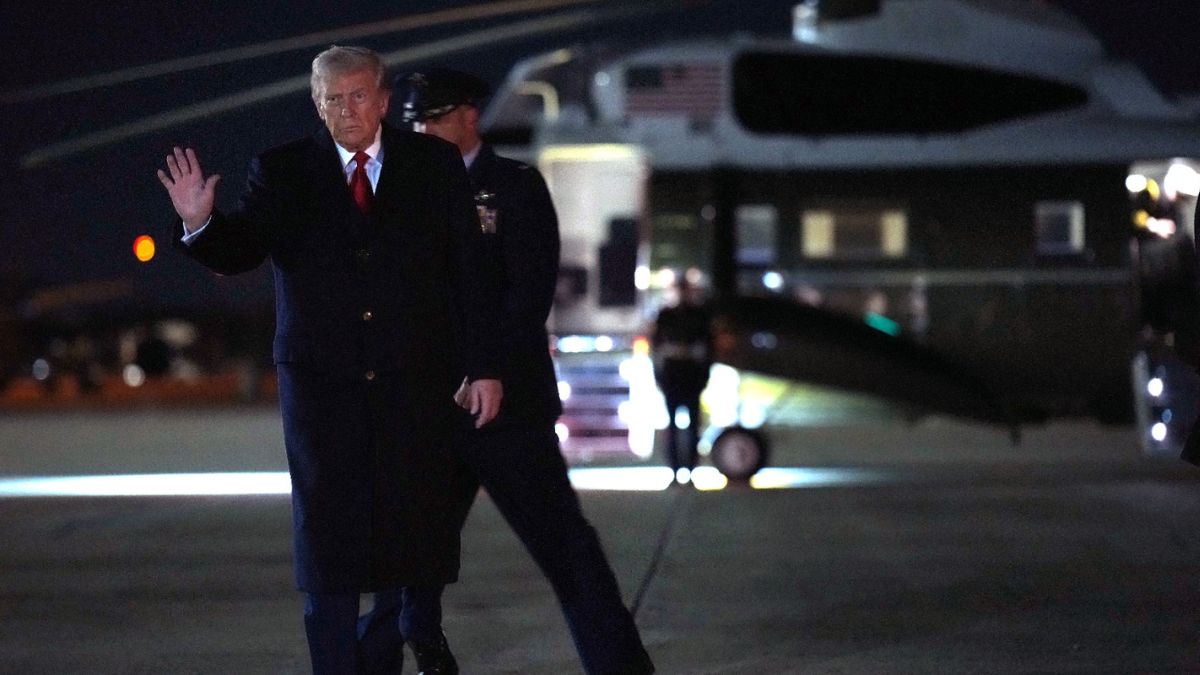)
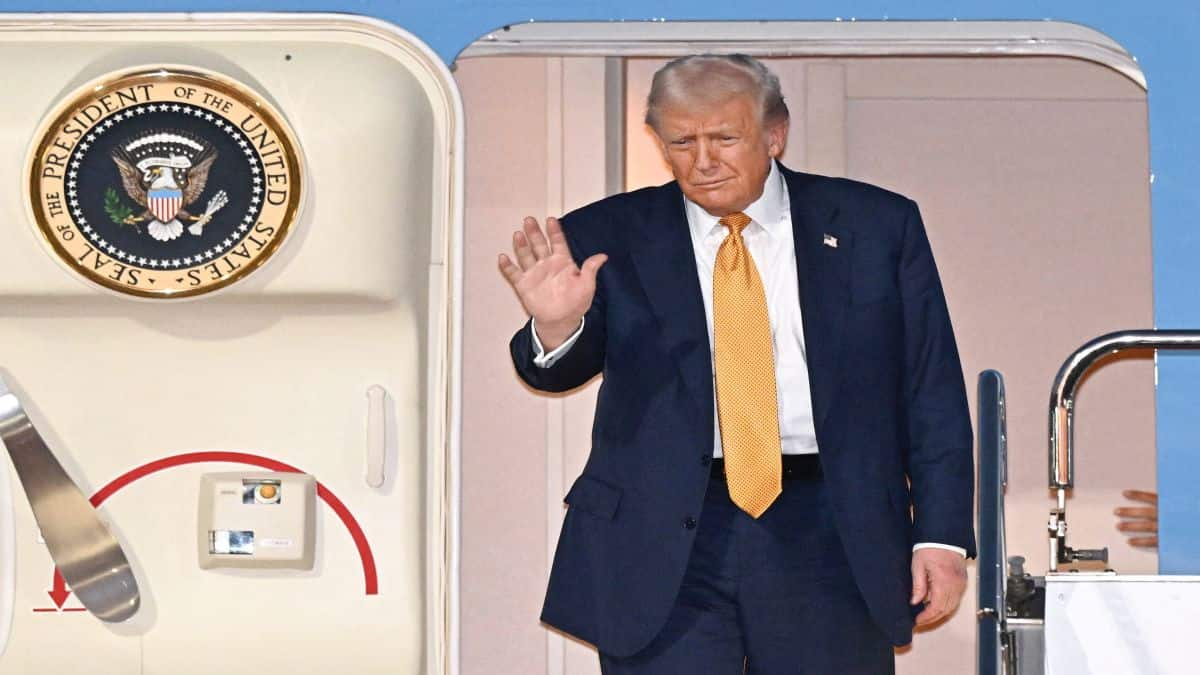
)
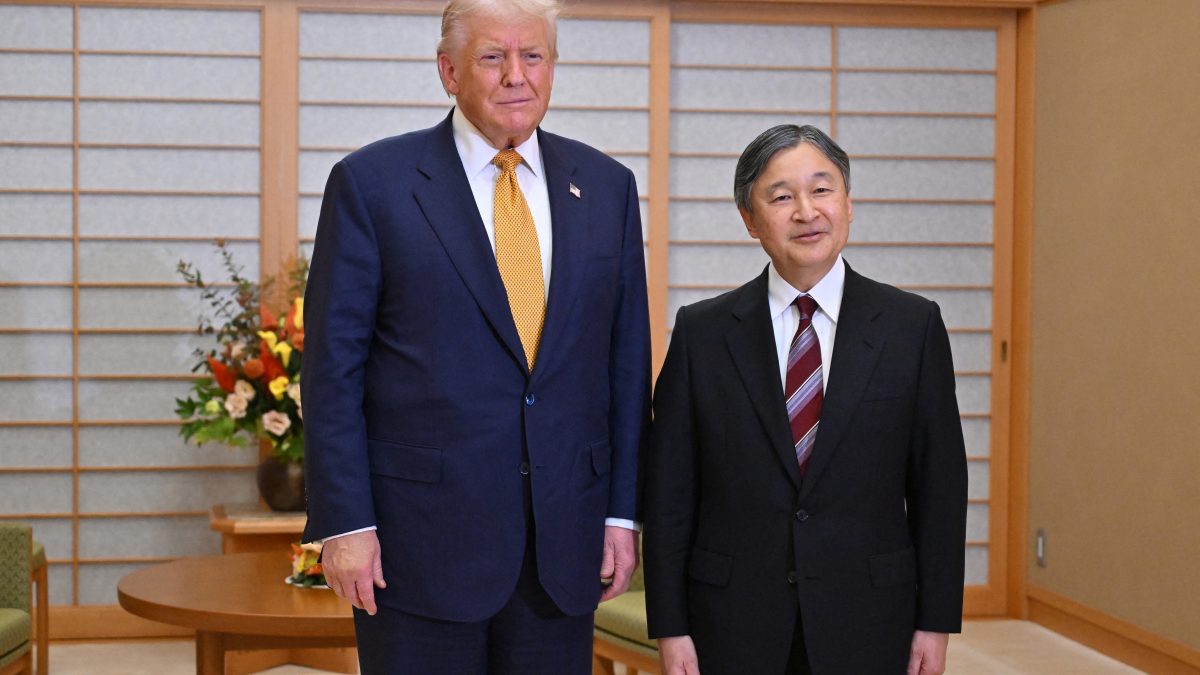)
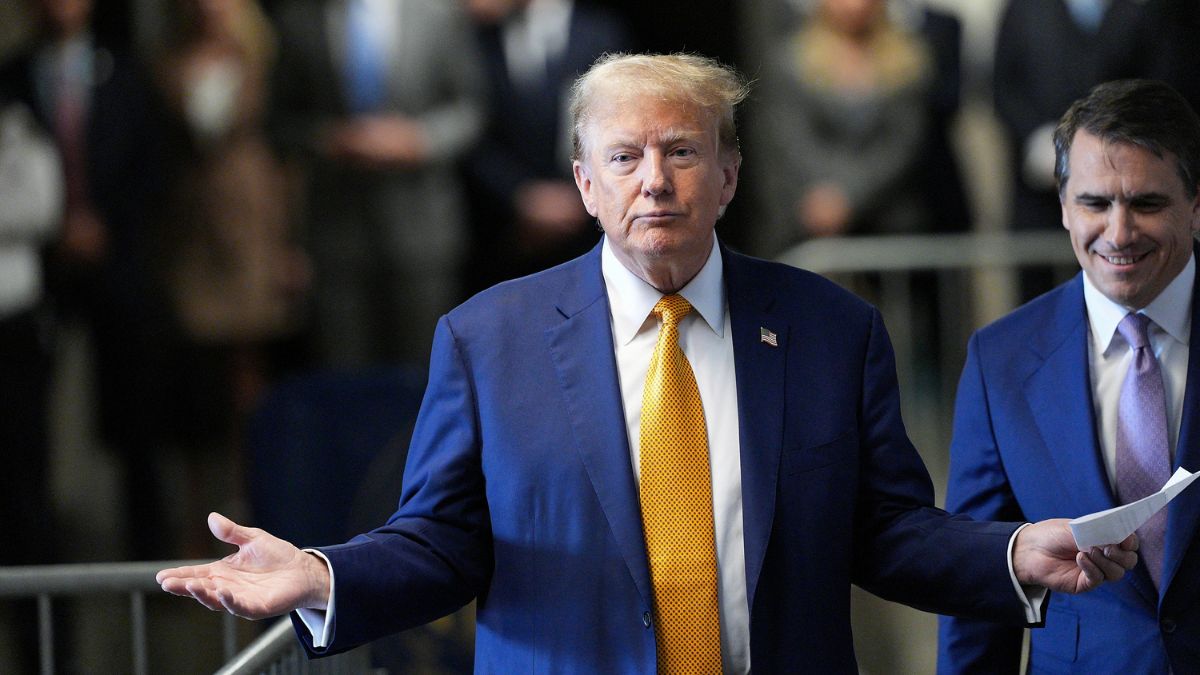)
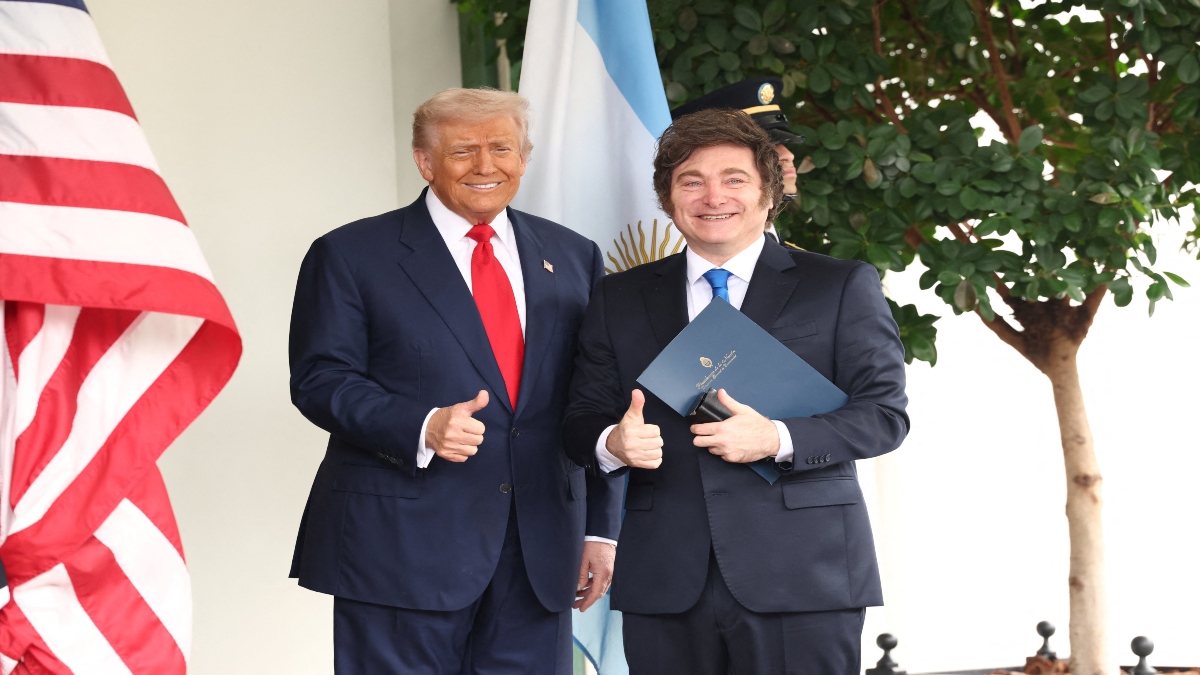)
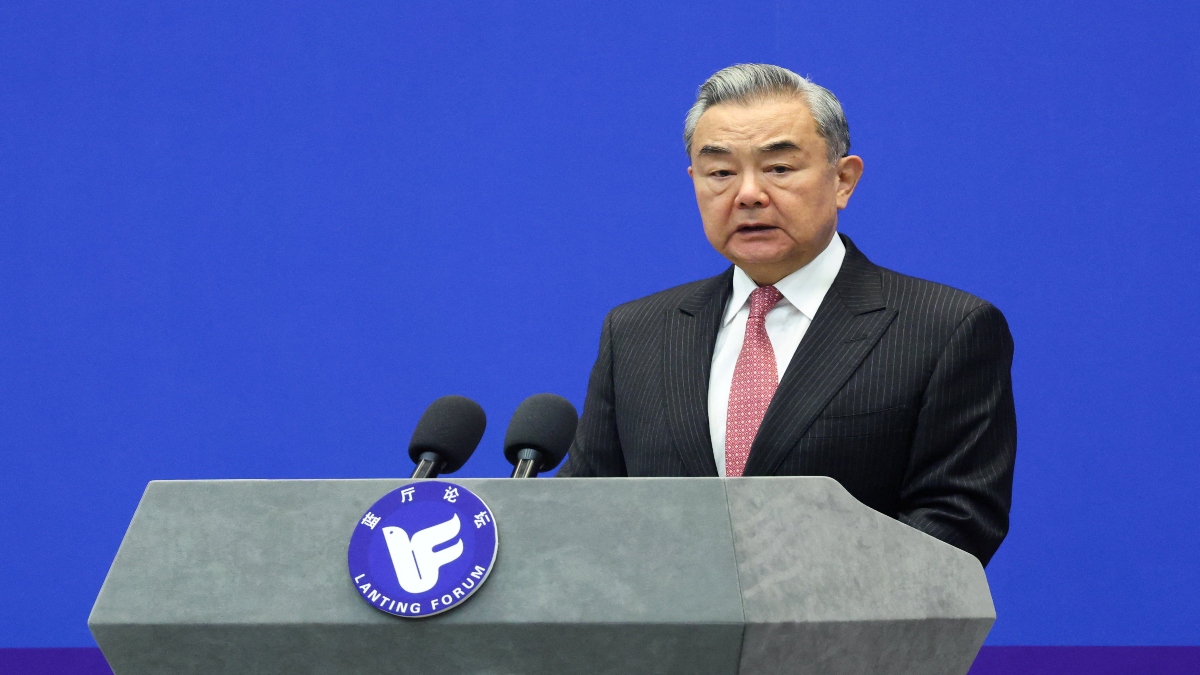)
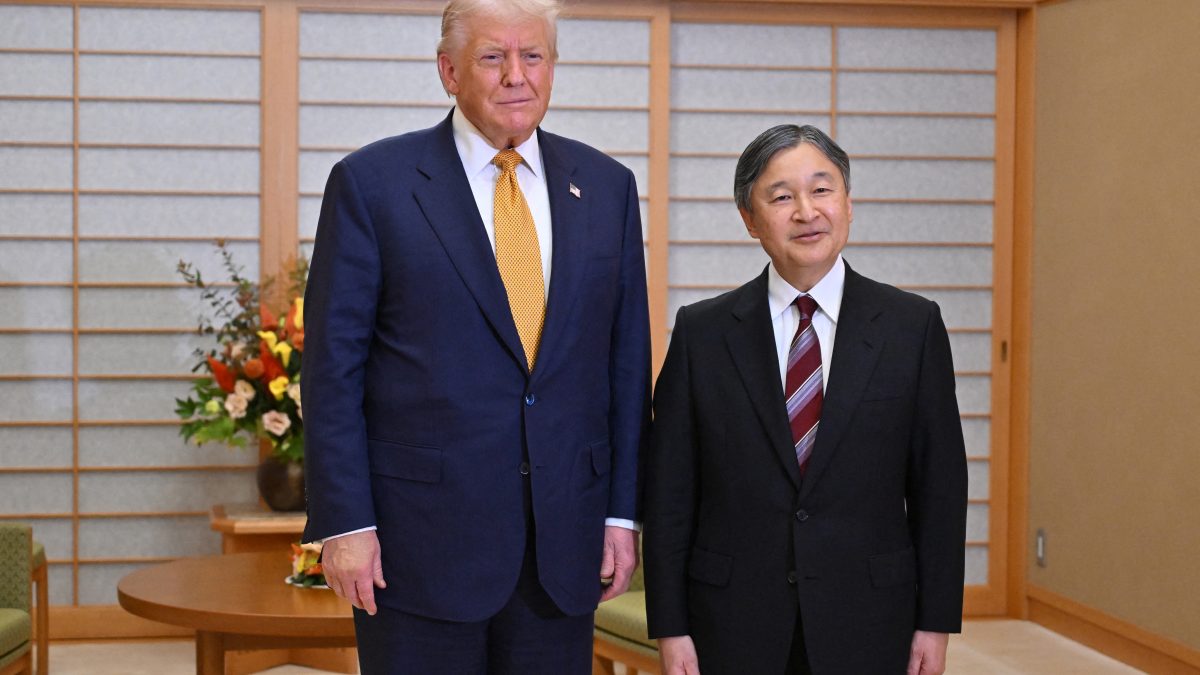)
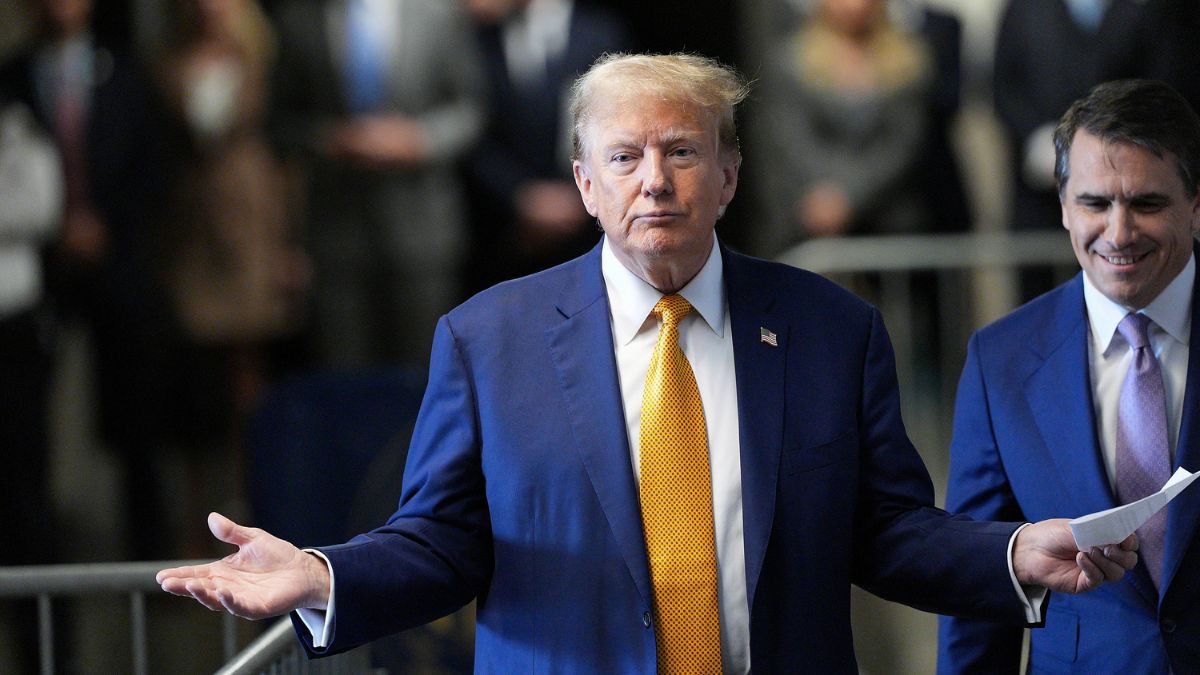)
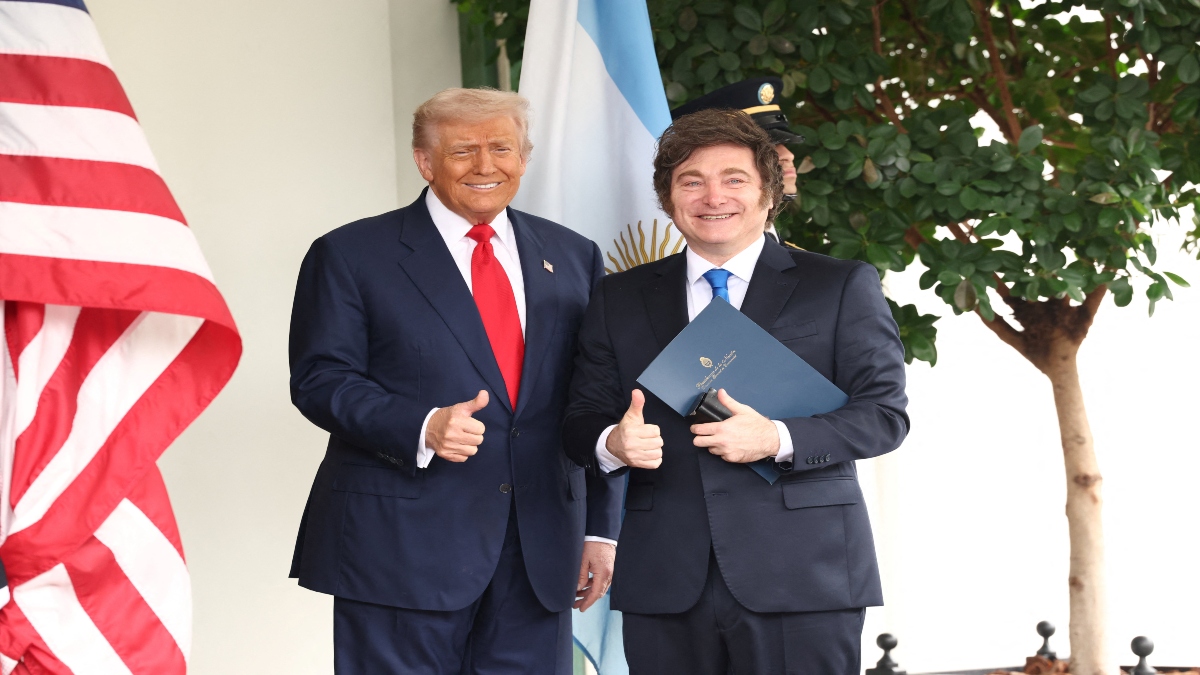)



